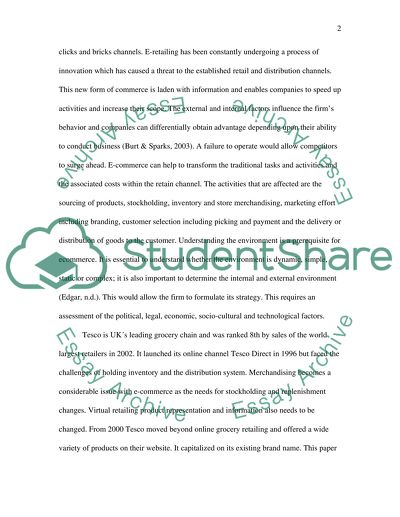Cite this document
(Value Drivers of E Commerce Business Models Essay - 4, n.d.)
Value Drivers of E Commerce Business Models Essay - 4. Retrieved from https://studentshare.org/e-commerce/1542589-e-commerce
Value Drivers of E Commerce Business Models Essay - 4. Retrieved from https://studentshare.org/e-commerce/1542589-e-commerce
(Value Drivers of E Commerce Business Models Essay - 4)
Value Drivers of E Commerce Business Models Essay - 4. https://studentshare.org/e-commerce/1542589-e-commerce.
Value Drivers of E Commerce Business Models Essay - 4. https://studentshare.org/e-commerce/1542589-e-commerce.
“Value Drivers of E Commerce Business Models Essay - 4”, n.d. https://studentshare.org/e-commerce/1542589-e-commerce.


